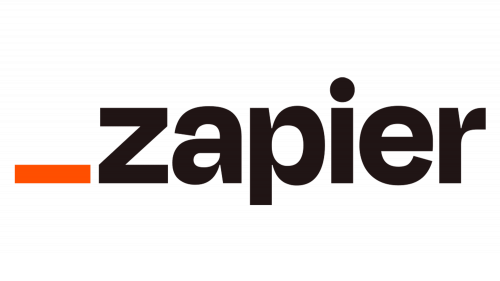

Zapier is a business-to-business software, developed in 2012 by a group of IT entrepreneurs led by Wade Foster. It provides users with various automatic application programming interface instruments, helping them simplify the work processes. What’s notable is that it’s a no-code tool. Via Zapier, you can manage your leads, automate your communications, systemize the customer data. There’s also a support of Google services, as well as other tools. All this results it time economy and increasing of work effectiveness. Now, Zapier keeps more than 4000 software programs together. The company is fully remoted, and it doesn’t have physical offices.


The initial prototype of Zapier software was programmed in 2012 by Wade Foster, Bryan Helmig, and Mike Knoop. This name derives from the term ‘data zapping’, meaning data transferring from one app to another.
At the start had only 25 tools. But it was enough to be accepted in Y Business Incubator and receive $1.3 million as investments in October 2012. It let the company create more instruments, as well as attract the partners from across the world.
Since the start, Zapier has been employing only remote workers, from approximately 40 countries. By 2022, the company has achieved the milestone of 500 specialists, creating over 4000 tools.
What is Zapier?
Zapier is an American software, developed in 2012. This instrument helps you organize your business processes via special electronic applications, without writing any code to integrate these apps. With Zapier, you can carry your databases, work with our leads or clients, control your communications, et cetera. The service has additional paid tariffs, unlocking the new instruments. Zapier is a fully remoted system, having more than 4000 tools, used by the clients across the whole world and operated by nearly 500 workers.
The oldest version of the Zapier logo featured a stylized lowercase lettering in bright orange and gray, with the first one and last two characters executed in a medium-weight sans-serif font, with the use of orange, and the “API” part set in a bolder type, in gray. The dot above the “I” was stylized as a schematic suit with short geometric rays.
The logotype’s concept never changed throughout the company design history. Initially, it was a nameplate with the a ‘*’ sign drawn instead of the ‘i’ letter’s upper dot.
The company’s 10nth anniversary was marked with a new logotype, also depicting the nameplate. Now, the ‘*’ signature was removed, and they also positioned an underscore to the left from the word.
The two wordmarks were written using two different typefaces. In the premier nameplate, they used a semibold sans-serif typeface with small yet significant intervals between the character. The letters were softer and slighter.
In the later text caption, they made the letters way bolder.
The inscription became narrower, as the gaps were almost removed. The ‘r’, ‘p’, and ‘a’ characters got small cuts in places where lines meet one another.
Orange is the main color of Zapier, which is used in the logotype and the website, alongside black for the inscriptions and white for the background. Why? According to one of the company leaders, Michael Jeter, it’s because orange is the perfect for the brand, which all stands for the opportunities. They love to use the same orange as the one used by the astronauts.